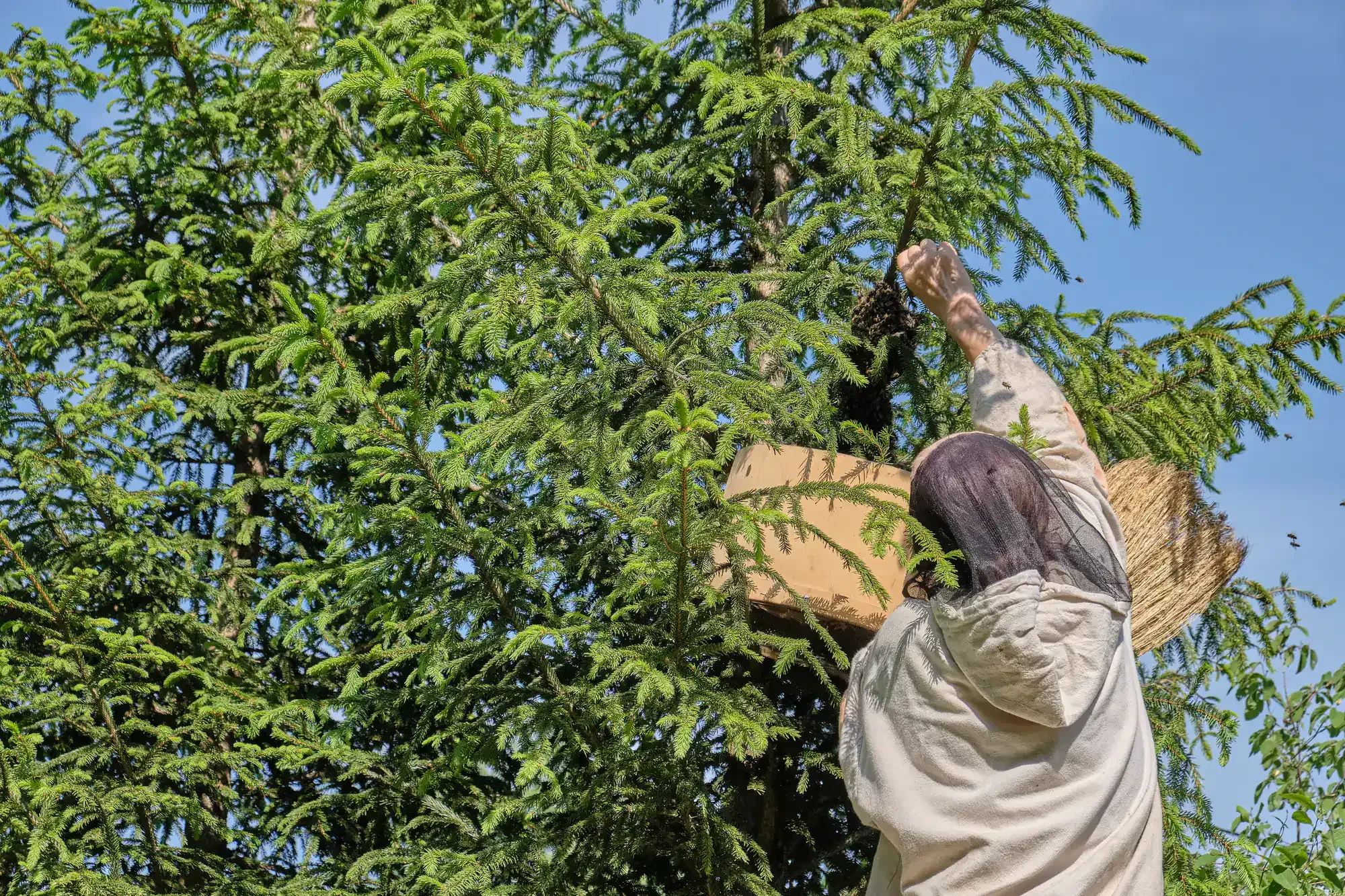Professional wasp nest removal that actually works—no college kids, no shortcuts, just 20 years of getting dangerous nests removed safely the first time.
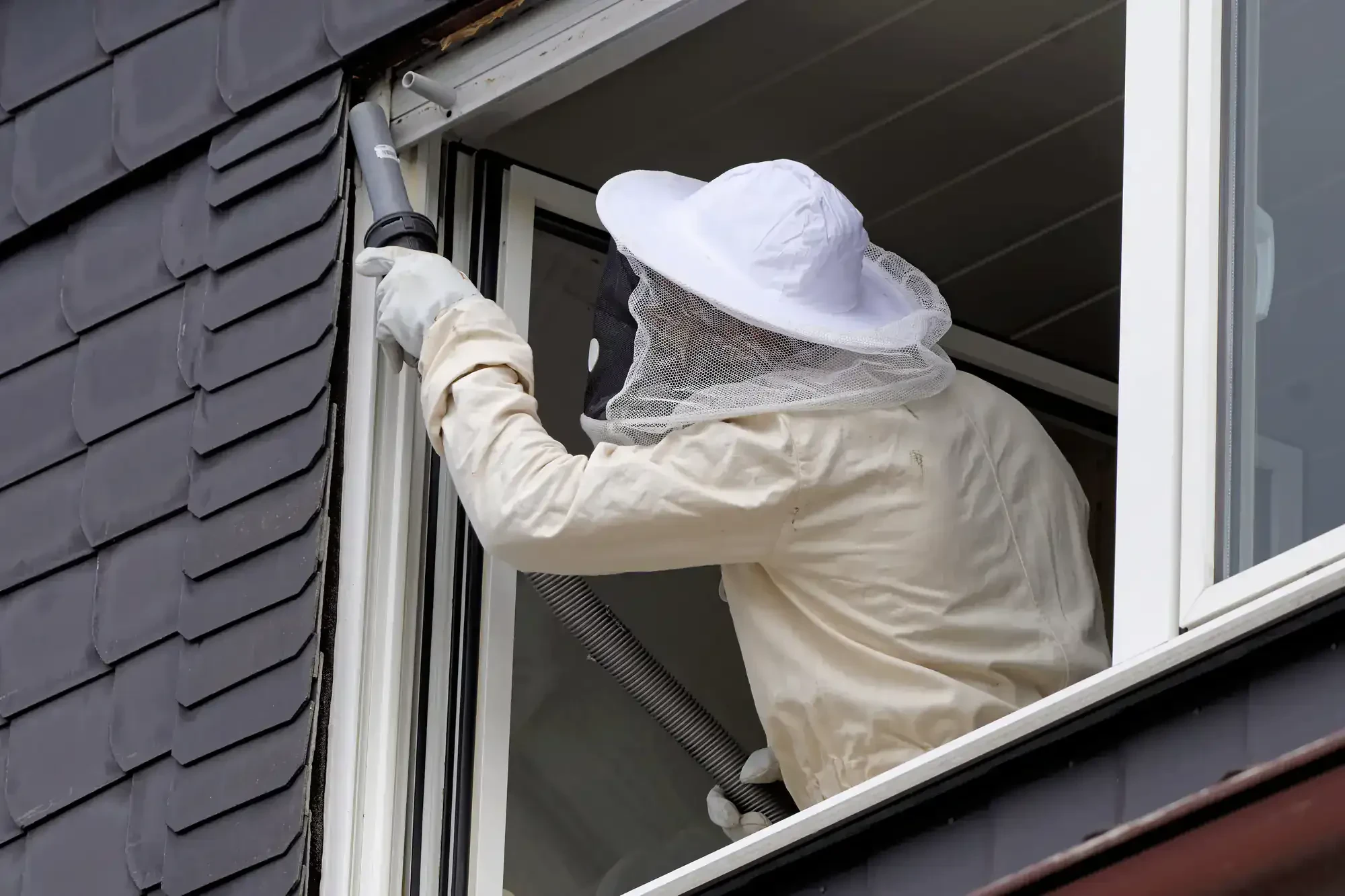
Hear from Our Customers
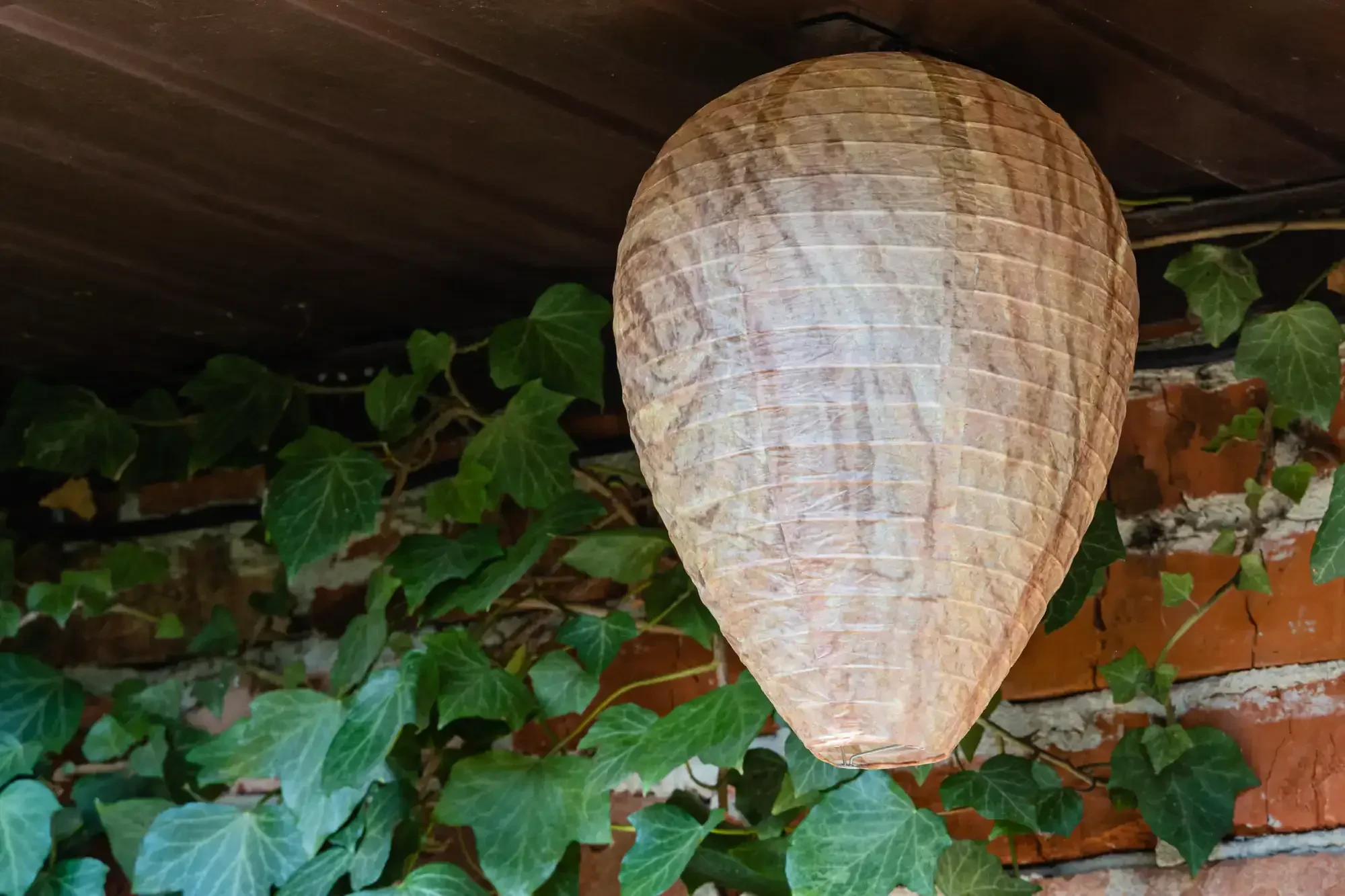
You’ll walk outside without scanning for wasps. Your kids will play in the yard again without you holding your breath. The aggressive buzzing around your deck, the constant worry about someone getting stung—gone.
That’s what happens when the nest is actually eliminated, not just sprayed from a distance. When the entry points are sealed so they can’t rebuild. When you work with people who’ve been doing this since 2005 and know exactly where wasps hide in Whigville properties.
No more tip-toeing around your own home. No more canceled barbecues because of aggressive yellow jackets. Just your property back under your control.
We’ve been protecting Whigville families since 2005. Roger brings 26 years of experience to every job, and unlike other companies, you get the same technician every time—not part-time college students learning on your property.
We’re the family-owned company that Genesee County residents trust for wasp removal because we do it right. No binding contracts, no pressure tactics. Just professional service that solves your wasp problem completely.
When your neighbors in Grand Blanc Township need wasps removed safely, they call us. When local businesses need stinging insects eliminated without disrupting operations, we handle it. That’s what 20 years of doing this work the right way gets you.
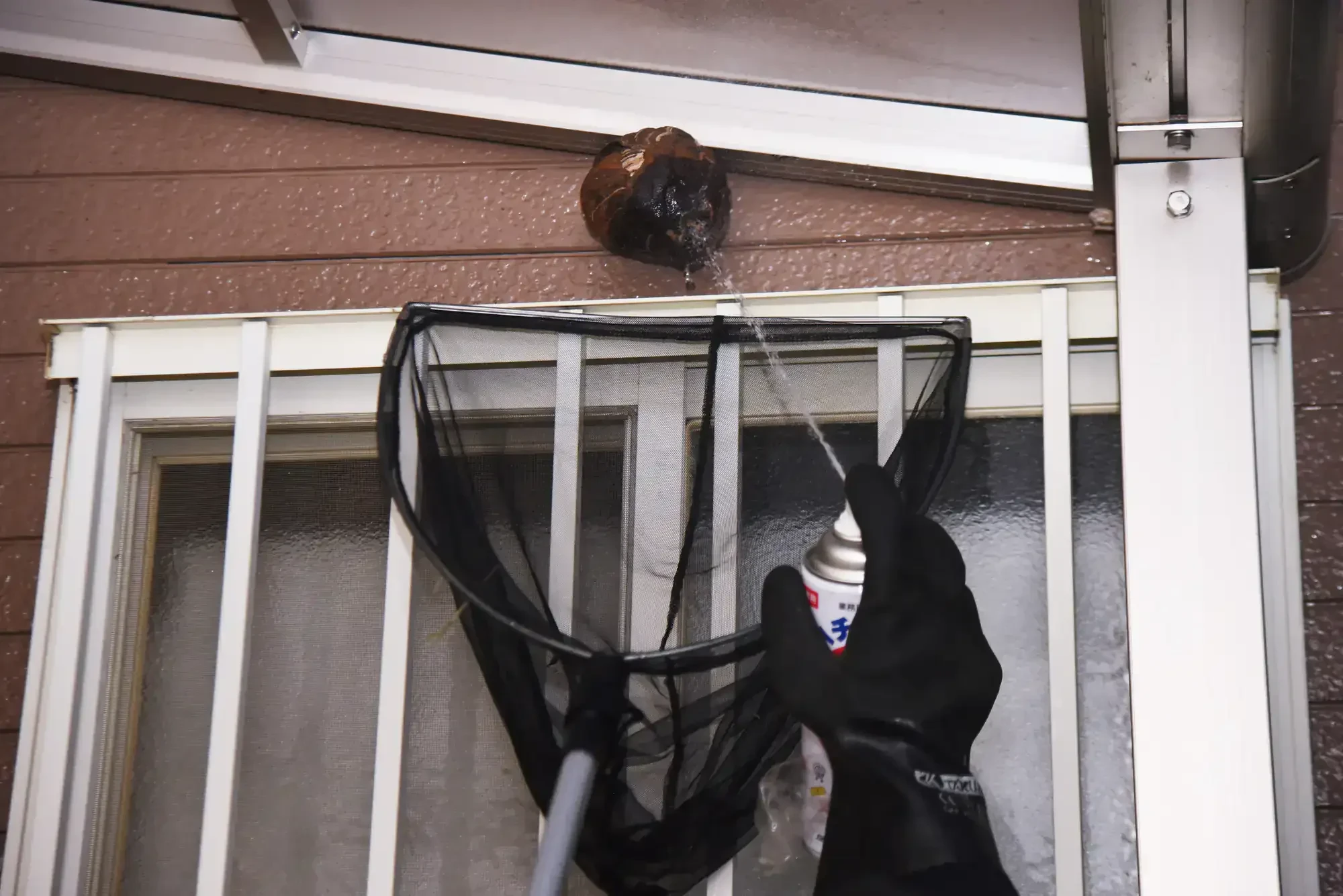
First, we locate every nest on your property—including the hidden ones in wall voids, under eaves, and in ground burrows that you might miss. Our technicians know where wasps build in Michigan properties.
Then we treat the colony directly using electronically calibrated equipment that penetrates the nest completely. Liquid and dust treatments reach every wasp, including the ones deep inside that survive surface spraying.
After the wasps are eliminated, we remove the actual nest structure. This prevents re-establishment and eliminates larvae that could create a new problem. Finally, we seal entry points and cracks where new colonies might form, giving you long-term protection.
You get complete elimination, not just temporary reduction. That’s the difference between professional treatment and DIY attempts that leave the problem half-solved.
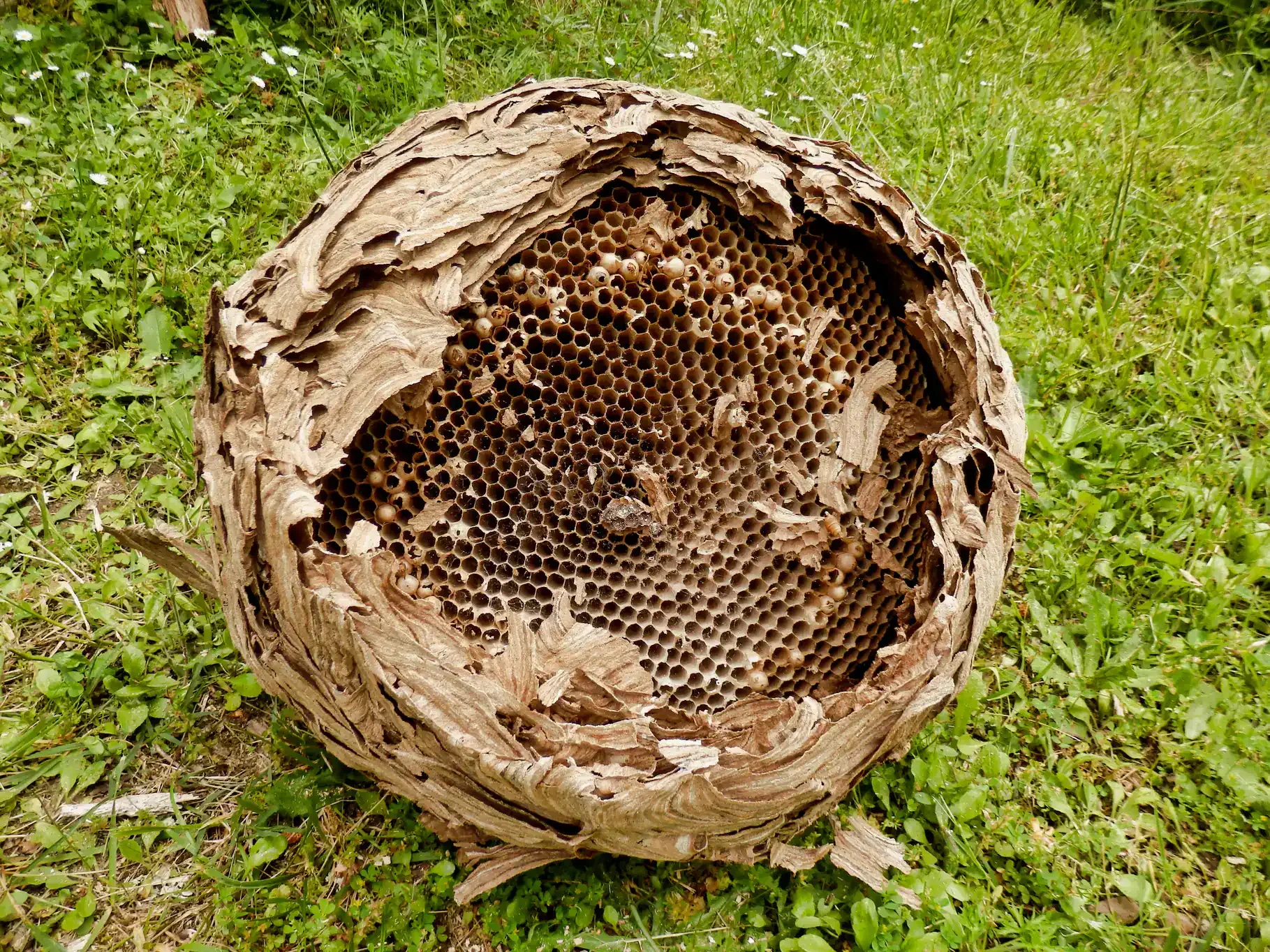
Ready to get started?
Michigan has twelve different types of yellow jackets, plus paper wasps, bald-faced hornets, and mud daubers. Each species nests differently and requires specific treatment approaches. German yellow jackets build in wall voids. Eastern yellow jackets prefer underground burrows. Paper wasps hang exposed nests under eaves.
In Whigville’s suburban environment, you might have multiple species on one property. That’s why experience matters. We identify each type correctly and treat accordingly—not the one-size-fits-all approach that leaves some nests active.
Our integrated pest management training means we understand wasp behavior in Genesee County’s climate. We know when colonies peak in late summer, why they become more aggressive around garbage and outdoor food, and exactly how to eliminate them before they reach maximum size.
You get treatment designed for your specific wasp problem, not generic spraying that might work.
